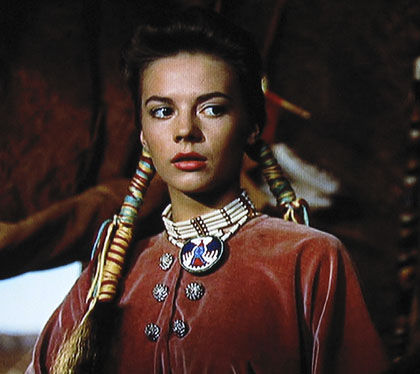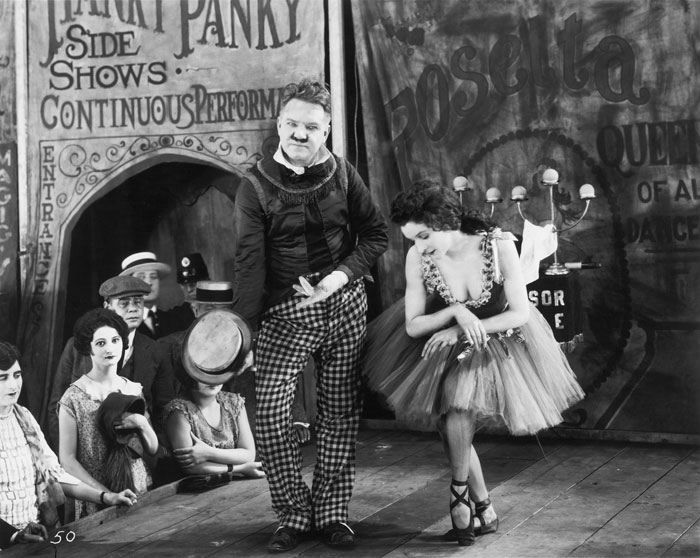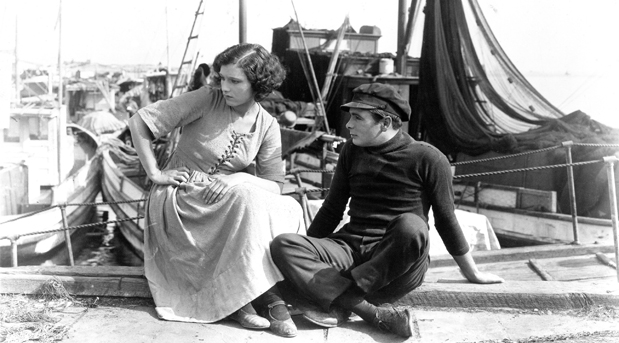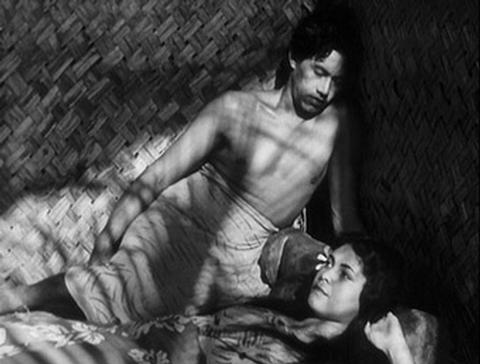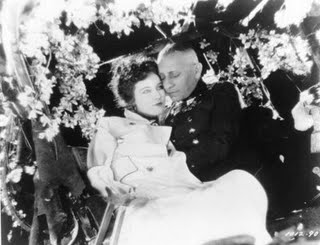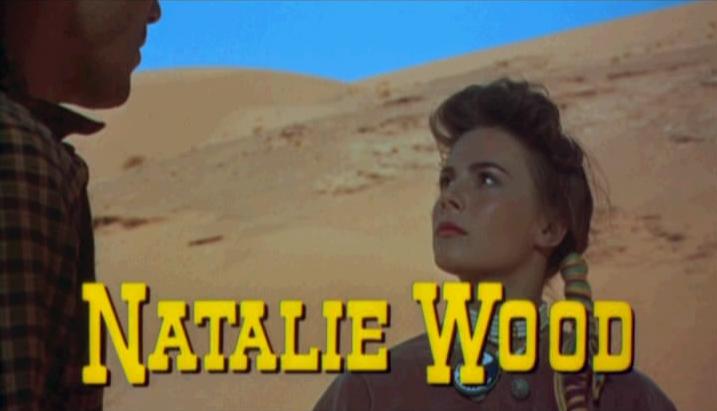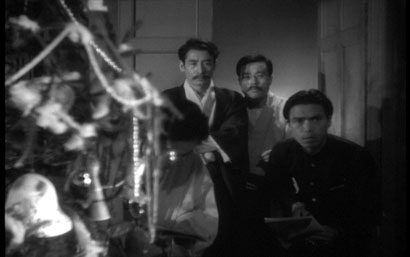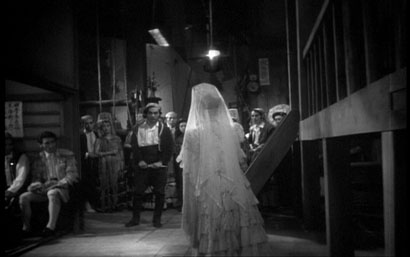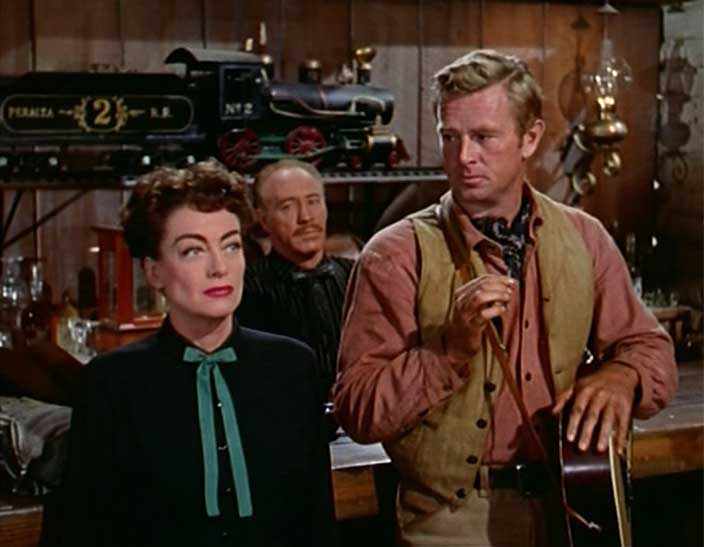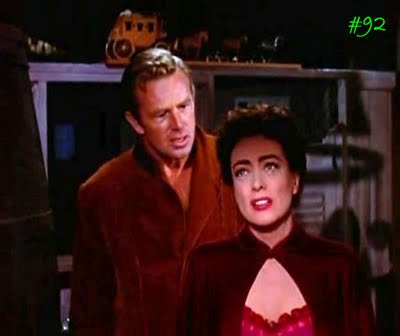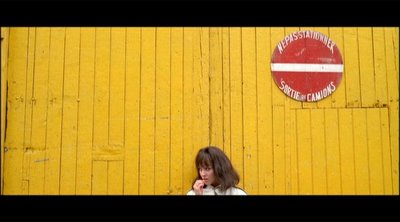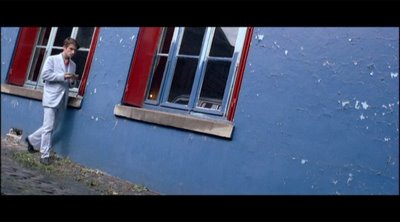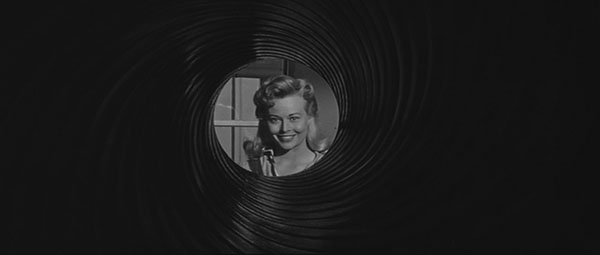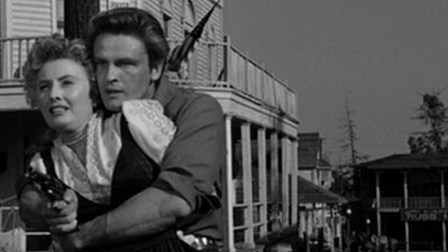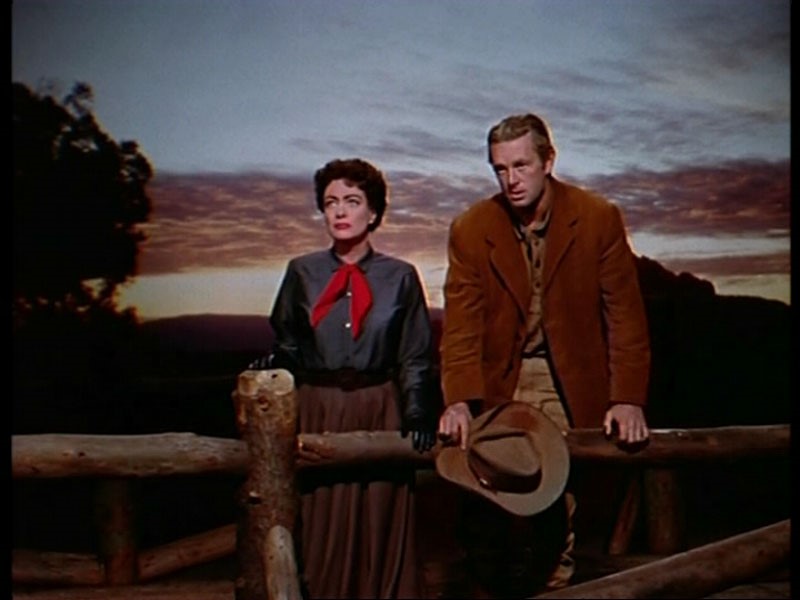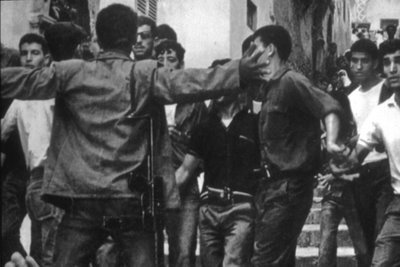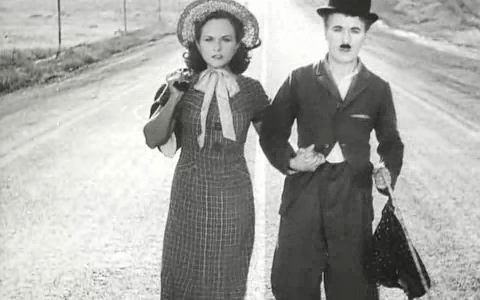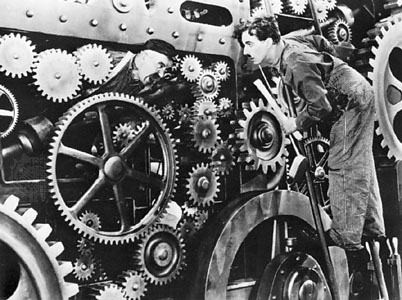This was the second column I wrote for Film Comment, when that magazine was still a quarterly. It became a bimonthly the following year, and for a span of about seven or eight years, I wrote a column for almost every issue: initially a Paris Journal, it later became a London Journal, and finally, after I moved back to the states, a column known as “Moving” that more or less concluded with a piece that became the “prelude” in my first book, Moving Places: A Life at the Movies (Harper & Row, 1980; 2nd ed., University of California Press, 1995). –J.R.
According to the current issue of Pariscope -– an indispensable guide to local moviegoing — 260 films will have public screenings in Paris this week: 217 at commercial theaters, and 43 at the two Cinémathèques. By rough count, only 67 of these (about one fourth) are French. A hundred more are American, and the remaining 93 are split between fifteen other nationalities. Of the non-French films, approximately 40% are subtitled; except for a dozen or so at the Cinémathèques that will be shown without translation, the rest are dubbed.
It is possible that New York is beginning to surpass Paris in the number of interesting films that one can see. Yet the paradox remains that, if one excludes television –- an incomplete form of film-watching at best –- Paris maintains a decisive edge in narrative American cinema. To list only a dozen of the current undubbed features, is there anywhere else in the world where one can see ANATOMY OF A MURDER, ALL ABOUT EVE, DUCK SOUP, EASTER PARADE, MODERN TIMES, SALLY OF THE SAWDUST, THE SALVATION HUNTERS, SCARFACE, STAGECOACH, THE STRONG MAN, TABU, and THE WEDDING MARCH in a single week?
Aside from this particular kind of richness, there are pleasures, courtesies, and conveniences – as well as a few irritations – involved with Parisian moviegoing that one takes for granted here, but would not expect to find in the states. Since, to my knowledge, this subject has never been written about in any detail before, a description of certain local phenomena may be of some interest. 1. At Studio Action Lafayette, a revival house specializing in American genre films, the condition of each print shown is announced on the box office window. Detailed mimeographed notes accompany each cycle of movies, which is usually built around a single director, star, or genre. (Some of the more specialized cycles turn out to be more useful than they might seem at first; when I first saw Ford’s THE SEARCHERS at Action Lafayette in ’69, it comprised part of a Natalie Wood Festival.)
2. Pariscope cross-indexes all of the current commercial screenings alphabetically, by location, and by genre. Nineteen categories are listed in the most recent issue, ranging from “Adventures” (HERCULES VS. THE BABYLON TYRANT) to “Dramatic Comedies” (THE CLOWNS, THE HONEYMOON KILLERS, THE GRADUATE) to “Great Classics” (THE BLUE ANGEL) to “Political Films” (JOE HILL, LE CHAGRIN ET LA PITIÉ) to “Psychological Dramas” (EASY RIDER, THE DECAMERON, THE GO-BETWEEN). As arbitrary as many of these classifications seem — MIDNIGHT COWBOY and THE BIG SKY are both commonly labeled as “Westerns” — they do indicate the extent to which Parisians approach films with genre expectations.
3. At a recent Cinémathèque screening of THE LOVE OF SUMAKO, THE ACTRESS (Mizoguchi, 1947), nearly all of the seats were filled. Although the print was in Japanese, without subtitles, and no plot synopsis or accompanying information of any kind was handed out, all but about ten of the spectators remained for the film’s duration, without complaint.
4. Prices: At the larger Right Bank Cinémathèque, each film costs 72ȼ (54ȼ for students); on the Left Bank, the tickets are 54ȼ and 36ȼ. At the most expensive first-run theaters on Champs-Elysées, admission never goes higher than about $2.15; most new films charge $1.75 or less. If you’re a student, the general price range is $1-$1.50, except for weekends. To be precise, an additional 9ȼ (half a franc) should be included everywhere — except at the Cinémathèques – for the usherettes, who expect to be tipped. One of the quainter customs at the Cinémathèques is the “projection fee” of one centime (a hundredth of a franc, or a fraction of a cent) that is added to the price of each film.
5. As a French friend recently pointed out to me, American audiences have a tendency to regard most films as pieces of property or business ventures, an attitude reflected and encouraged by critics who refer to films at “hits” and “flops”. Perhaps this is one reason why American viewers tend to be more restless and inattentive at films than the French; having purchased a “piece of the action,” they may feel a certain anxiety about how their investment turns out. Another explanation may be two decades of television-conditioning, which seems to teach many Americans that a screen is something to be glanced at, not watched, and a soundtrack overheard as much as listened to. In France, television is still commonly regarded as a precious novelty, and one rarely sees a Frenchman watching the tube with anything less than total absorption.
6. Some of the architectural differences between French movie theaters and their American counterparts may be relevant to the attitudes described above. In Paris cinemas, the screens are usually set somewhat higher, the seats are tilted back further, and, in some theaters, the aisles slope upward towards the film — all of which promotes a greater subservience to the image and more physical passivity than is generally experienced in stateside cinemas. When Macha Méril furtively slouches down in the front seat of a convertible in THE MARRIED WOMAN, and remarks to her lover, “It’s the ideal position for the film spectator,” she is outlining a typical posture assumed by French moviegoers.
7. If Paris is decidedly ahead of New York in narrative American films, it is abysmally behind in several sectors of the avant-garde. New York can benefit from a Cinémathèque, but Paris could certainly use the equivalent of Anthology Film Archives. It is quite characteristic that Marcel Hanoun’s LE PRINTEMPS had to wait a year and a half for a French opening — in a small cinema, where it is shown only at noon and midnight — and that Michael Snow’s films are still virtually unknown here.
8. The passion exhibited by certain Parisian cinephiles for certain films often seems to surpass, in size and intensity, that which even the most dedicated American moviegoers are likely to express, at least in public. Obviously, social mores are involved here, and the difference may partially be that an American is often conditioned to suppress what a French enthusiast is encouraged to indulge.This difference in attitude is observable in all of the arts, and the French tradition of delirious love-letter criticism is only one manifestation of it, although it is probably a fair reflection of the rest. In many ways, this has always been the strongest calling card of la politique des auteurs, and the popularity of the “auteur theory” in England and America undoubtedly has something to do with a desire for liberation from the restraints of a more subdued emotional climate. But each society has a separate set of limits that it places on acceptable rhetoric, and if a British or American auteurist ever wrote about, say, Nicholas Ray the same way that Godard used to in the Cahiers, he would probably be regarded by most of his audience as insane.
If memory serves correctly, Godard has also paid verbal homage to JOHNNY GUITAR and/or its director in at least half a dozen of his films, and the dedication of MADE IN U.S.A. (“To Nick [Ray] and Sam [Fuller], who brought me up to respect sound and image”) is a lot less frivolous than many Anglo-American critics have assumed. Indeed, it is probable that the lyricism, color, and tortured romanticism of JOHNNY GUITAR, and the rawness, discontinuity, and shot-sequence bravura of Fuller’s FORTY GUNS — not to mention the extreme violence in both films — have had more immediate influence on Godard’s films than the complete oeuvre of Eisenstein.
Truffaut, on his own part, has been equally rapturous about JOHNNY GUITAR (“the BEAUTY AND THE BEAST of Westerns”), and even a critic as relatively conservative as Henri Agel has called Ray’s work “a meditation of a Heraclitian order.” The virtual impossibility of this kind of discourse in English-speaking culture is not merely a function of the prestige of Ray and the audacity of New Wave panegyrics; it is also a question of how much films are allowed to matter. When I went to see JOHNNY GUITAR last summer, the only remaining subtitled print in France was missing brief portions of two scenes, and the theater management completed the copy by splicing in segments of the dubbed version — a procedure it announced and apologized for — so that, in a climactic scene, Joan Crawford suddenly went from English to French (in a different voice) and back again. Could one imagine similar efforts being made for any film in any commercial theater in Los Angeles, New York, or London?
9. Two final points: If, in many respects, French moviegoers seem more sophisticated in their tastes than Americans, it must be remembered that the French ciné-clubs have played a substantial role in educating French audiences. And concerning the enthusiasm for American films, it is worth recalling that the sudden flood of American features that entered France after the Occupation, which did much to fuel this interest, was part of the Marshall Plan.
The two films in Paris which seem to be attracting the longest lines at present are Pontecorvo’s THE BATTLE OF ALGIERS and Chaplin’s MODERN TIMES. Although the former was made in 1965, it wasn’t until a year ago that the french censors agreed to pass it. The only reason why it hasn’t opened sooner is the fear of the film’s previous distributor, who was reluctant to premiere it after a series of threats were made by right-wing groups, and the local police refused to offer protection at the opening (a courtesy that they performed, by the way, for THE GREEN BERETS). After the rights were sold to another distributor, the film had a few brief tryouts in the provinces, and then opened in Paris without fanfare or even advertising. Although soon after the premiere, the windows of the theater were smashed and the posters and stills on display were burned, there were apparently no further serious incidents, and within a couple of weeks the film was running officially at several theaters.
The revival of MODERN TIMES inaugurates the re-release of nearly all of Chaplin’s features in Paris, a cultural event that is being celebrated all over town in bookshop window displays and exhibits of Chaplin posters, toys, and other memorabilia. A few nights ago, after squeezing into a crowded midnight screening, I discovered once again how static and unreliable movie memories can be, and how Chaplin at his best still registers with a contemporary immediacy that is untranslatable into nostalgic recollection. A movie that appeared the same year (1936) as Dos Passos’ The Big Money, the final novel in the U.S.A. trilogy, MODERN TIMES moves with much of the same restless, leap-frogging energy from one setting and situation to another, tracing a composite portrait of a society in poverty and social chaos where constantly shuffling about becomes necessary for survival. Another aspect I’d forgotten is how precisely the temperament and personality of the Tramp is tailored to meet the needs of this film, so that he emerges as quite a different character from the Tramp in CITY LIGHTS — much less meek and sensitive, and a lot more flexible in his responses to oppression.
In 1937, Otis Ferguson observed that the film’s silent titles, acting, sets, and atmosphere all made the title seem quaint and inappropriate. Although this is technically correct, one could argue that thirty-four years later, the mixed use of titles and sound gives the film a curiously modern aspect. And in a brilliant science-fiction opening that is unfortunately not sustained — eventually taken over by the neutral settings we associate with earlier Chaplin — Orwell’s concept of an omnipresent Big Brother watching the workers on giant screens is anticipated by some thirteen years, in a factory that seems imagined out of details from Léger and René Clair. But much in the way that INTOLERANCE, according to Jacques Rivette, tells us more about 1916 than about any of the historical periods it re-enacts, MODERN TIMES, despite its eccentric datedness (Victorian dramaturgy, political innocence) in 1937, appears today to bear eloquent witness to the year of its release. More sentimental than Borzage’s A MAN’S CASTLE (1933), and less socially aware than either Vidor’s OUR DAILY BREAD (1934) or Lang’s YOU ONLY LIVE ONCE (1937), it may still survive as the definitive Hollywood picture about the Depression.
—Film Comment, Spring 1972; slightly tweaked, September 2009

